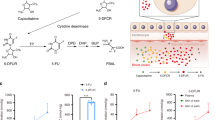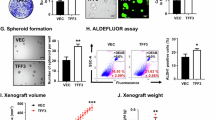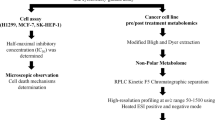Abstract
His-Phe-Tyr-Leu-Pro-Met (HFYLPM) is a synthetic peptide that stimulates Jurkat T cells resulting in intracellular calcium ([Ca2+]i) increase in a pertussis toxin (PTX)-sensitive manner. We have examined the physiological role of the peptide in T cell activity by comparative investigation of intracellular signaling pathways accompanied with HFYLPM-induced T cell chemotaxis with a well-known chemokine, stromal cell-derived factor-1 (SDF-1)-induced signalings. Wortmannin and genistein inhibited both of HFYLPM- and SDF-1-induced Jurkat T cell chemotaxis indicating that phosphoinositide-3-kinase and tyrosine kinase activity were required for the processes. However, U-73122 and BAPTA/AM preferentially blocked HFYLPM- but not SDF-1-induced T cell chemotaxis. It indicates that phospholipase C/calcium signaling is necessary for only chemotaxis by HFYLPM. One of the well-known cellular molecules involving chemotaxis, extracellular signal-regulated protein kinase (ERK), was activated by SDF-1 but not by HFYLPM ruling out a possible role of ERK on the peptide-mediated chemotaxis. These results indicate that the synthetic peptide, HFYLPM, stimulates T cell chemotaxis showing unique signaling and provide a useful tool for the study of T cell activation mechanism.
Similar content being viewed by others
Article PDF
Author information
Authors and Affiliations
Rights and permissions
This is an Open Access article distributed under the terms of the Creative Commons Attribution Non-Commercial License (http://creativecommons.org/licenses/by-nc/3.0/) which permits unrestricted non-commercial use, distribution, and reproduction in any medium, provided the original work is properly cited.
About this article
Cite this article
Kim, Y., Bae, YS., Park, J. et al. The synthetic peptide, His-Phe-Tyr-Leu-Pro-Met, is a chemoattractant for Jukat T cells. Exp Mol Med 33, 257–262 (2001). https://doi.org/10.1038/emm.2001.42
Published:
Issue date:
DOI: https://doi.org/10.1038/emm.2001.42



